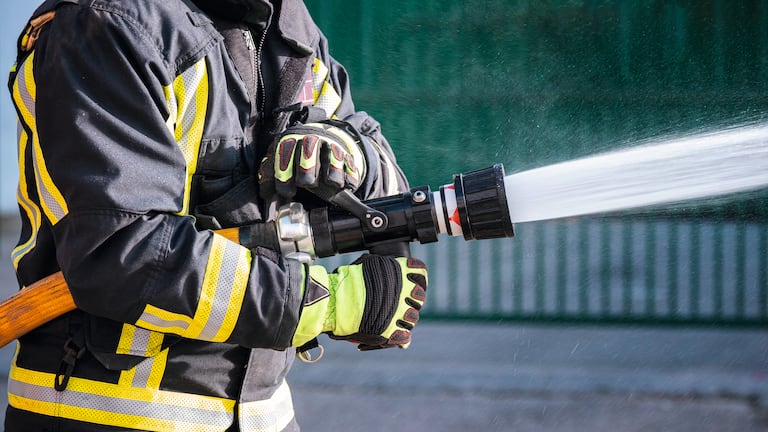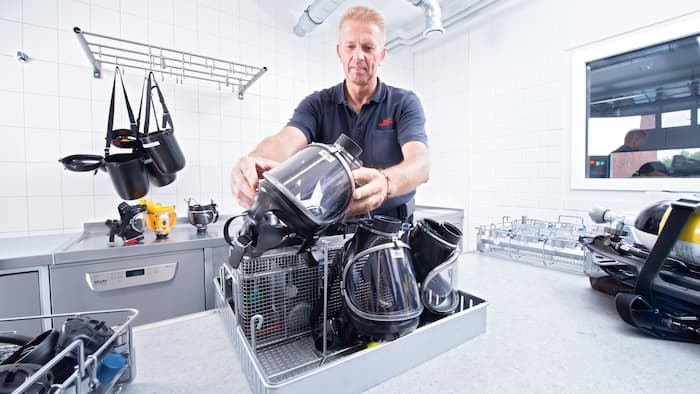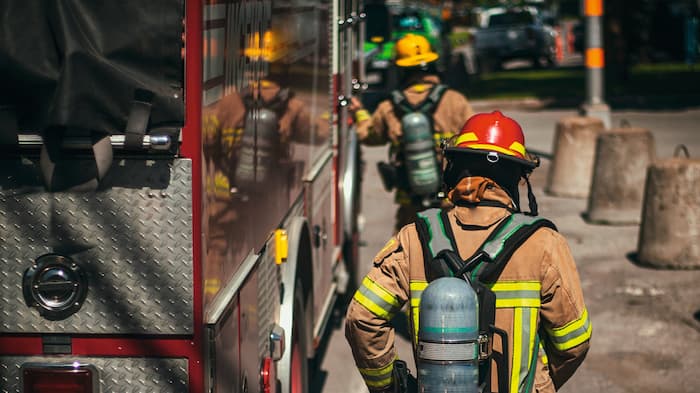
Putting health in focus: Solutions to support firefighters
Are firefighters at higher risk for cancer?
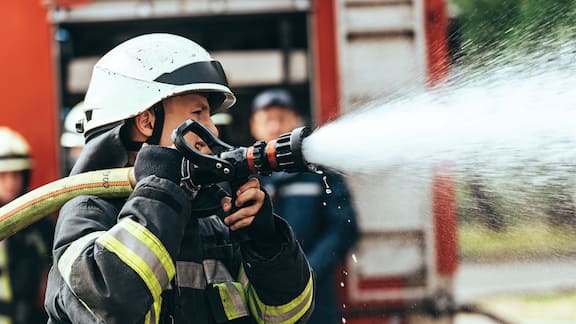
From fighting fires to handling non-fire-related hazards, firefighters are at risk of being exposed to carcinogenic, mutagenic and reproductive toxicka substances in their working environments.
In 2022, The World Health Organization classified firefighting as carcinogenic on the basis of ‘sufficient’ evidence for cancer in humans. A study by The Journal of Occupational Medicine also supports these findings, stating that firefighters are three times more likely to die from certain cancers than the general population.
One of the contributing reasons is that firefighters are regularly exposed to a wide variety of airborne chemicals and contaminants during a fire. Substances including aerosols, dust, smoke, fumes, and gases, settle in and on personal protective equipment (PPE) such as uniforms, helmets, and breathing apparatus; carcinogens can then be absorbed into skin or inhaled.
To minimise the harm caused, the Cancer Directive EU states that it’s important that employers of firefighters and rescue workers assess the risk exposure to carcinogens and take the necessary measures to protect the health and safety of their workers. One of these measures is to ensure the optimum condition of PPE. PPE is the protective clothing and equipment that is worn by firefighters to protect them from thermal exposure, physical hazards such as falling items, and respiratory risks such as smoke inhalation. To reduce contact with carcinogens, it’s critical that it is reprocessed gently but thoroughly, frequently, as often as required and in compliance with the manufacturer's care recommendations.
Attitudes towards PPE reprocessing
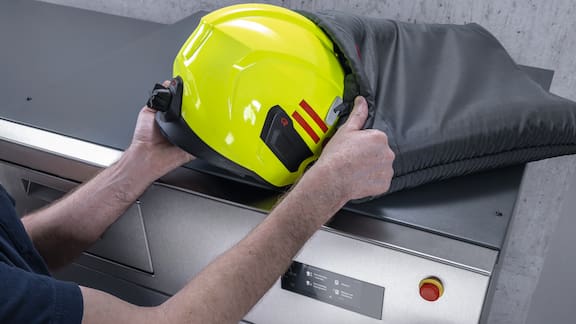
Whilst the dangers of contaminated PPE are known throughout many fire brigades, and implementation of hygiene concepts have significantly improved in recent years (no longer is dirty PPE a sign of pride and bravery), cleaning possibilities can differ largely depending on the size of fire brigade station.
Larger stations, which often have specialised equipment, often clean personal protective equipment differently than smaller stations. Regardless, it’s paramount that PPE is cleaned according to the manufacturer's care recommendations and properly maintained to not only extend the life of clothing and apparatus but also to keep the health of the firefighter.
However, there is still work to be done. The Fire Brigade Union (FBU) in the UK for example conducted research amongst 10,000 serving firefighters to understand decontamination practices in the fire and rescue service. Key findings showed that half of all respondents agreed that improvements need to be made to processes involving the decontamination of PPE at their station.
Flexible solutions for all fire stations

To protect the health of firefighters and the condition of PPE, we work closely with experts within the emergency service industry to offer simple solutions that suit the bespoke requirements of every fire brigade we supply – we have solutions for individual needs. This ensures a gentle and thorough cleaning process and a move away from manual methods such as spot cleaning.
For example, our range of washers and dryers feature specialised programmes for the reprocessing of protective clothing, rescue service clothing, breathing masks and helmets. Other solutions such as washer-disinfectors, drying cabinets, and freshwater dishwashers are also ideal for the reprocessing of items such as air regulators and carrier frames.
You can read our blog ‘Professional solutions for the safe reprocessing of PPE’ for a comprehensive overview of what solutions are suited to the different types of PPE.
Interested in our professional solutions?
At Miele Professional, we have a range of comprehensive solutions for your fire brigade to help protect firefighters from occupational carcinogens and other health risks. Head over to our 360PRO Fire Brigades landing page to learn more.
- 1.https://www.ctif.org/sites/default/files/2023-06/CTIF_Report28-ESG.pdf
- 2.https://www.nfpa.org/education-and-research/research/nfpa-research/fire-statistical-reports/patterns-of-firefighter-fireground-injuries
- 3.Keeping you safe from cancer-causing contaminants | Fire Brigades Union (fbu.org.uk)
- 4.IARC Monographs evaluate the carcinogenicity of occupational exposure as a firefighter – IARC (who.int)
- 5.https://www.lls.org/managing-your-cancer/firefighters-and-cancer-risk#:~:text=These%20carcinogens%20can%20be%20inhaled,expose%20the%20skin%20to%20toxins.
- 6.https://www.fbu.org.uk/blog/keeping-you-safe-cancer-causing-contaminants
- 7.https://eur-lex.europa.eu/legal-content/DE/TXT/HTML/?uri=OJ:L_202400869
